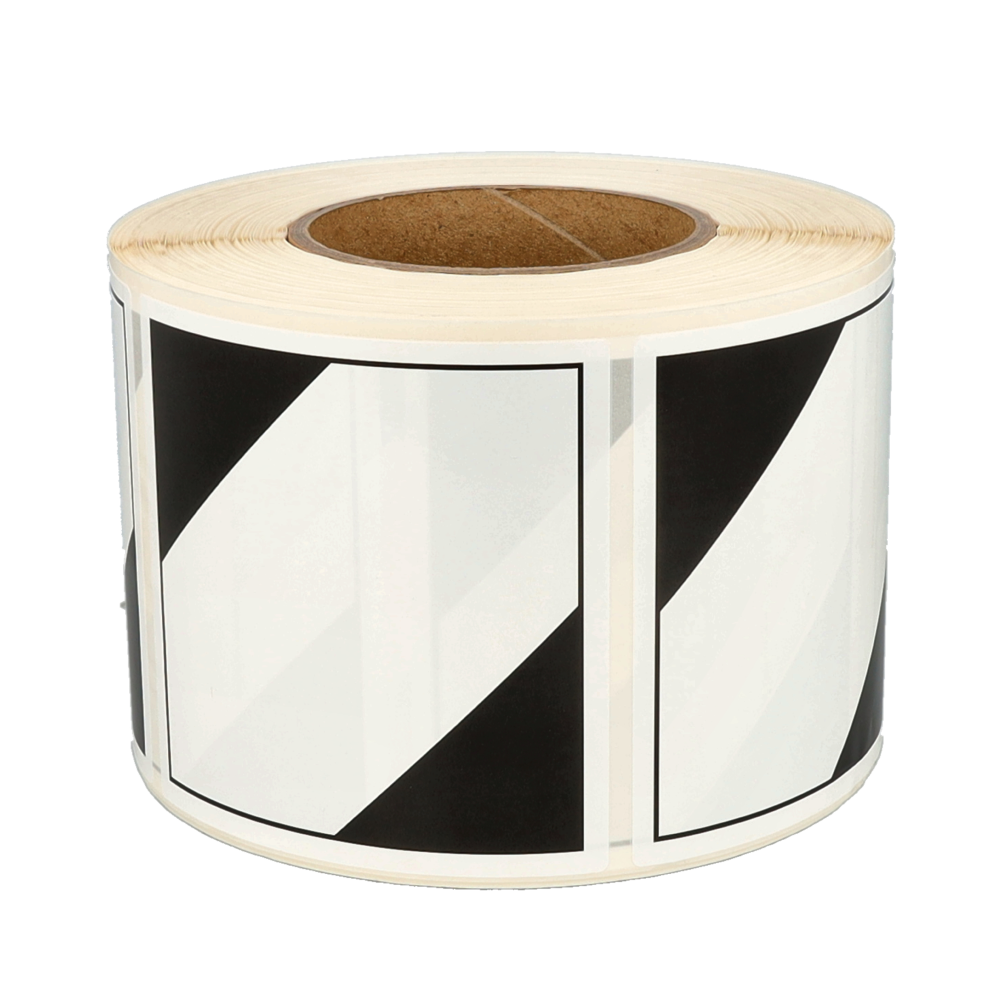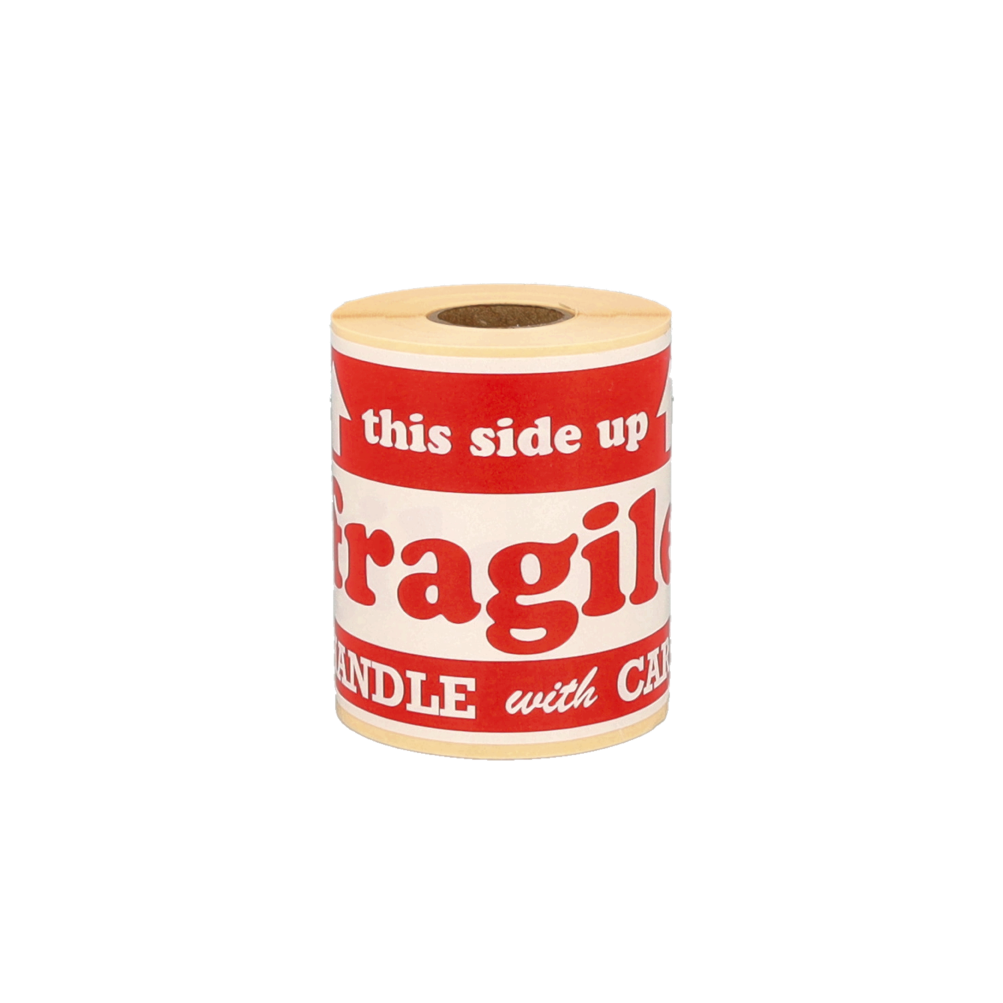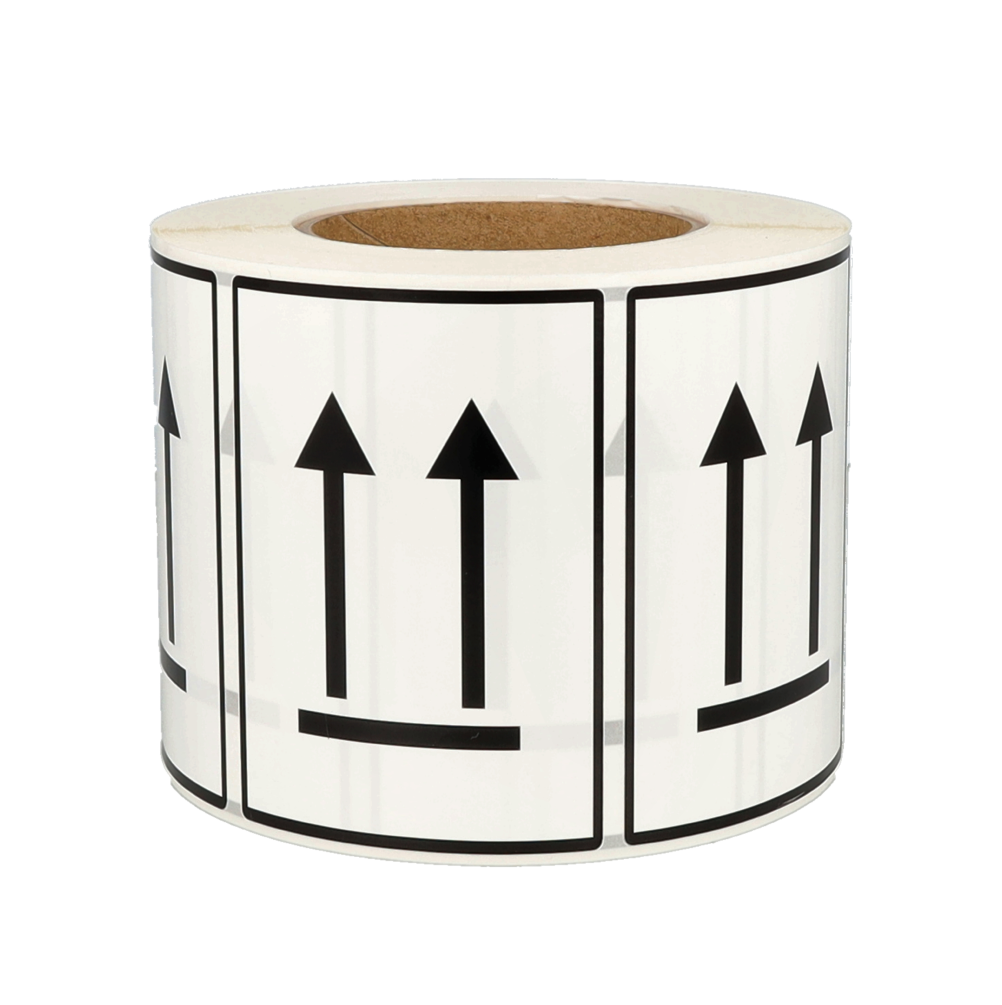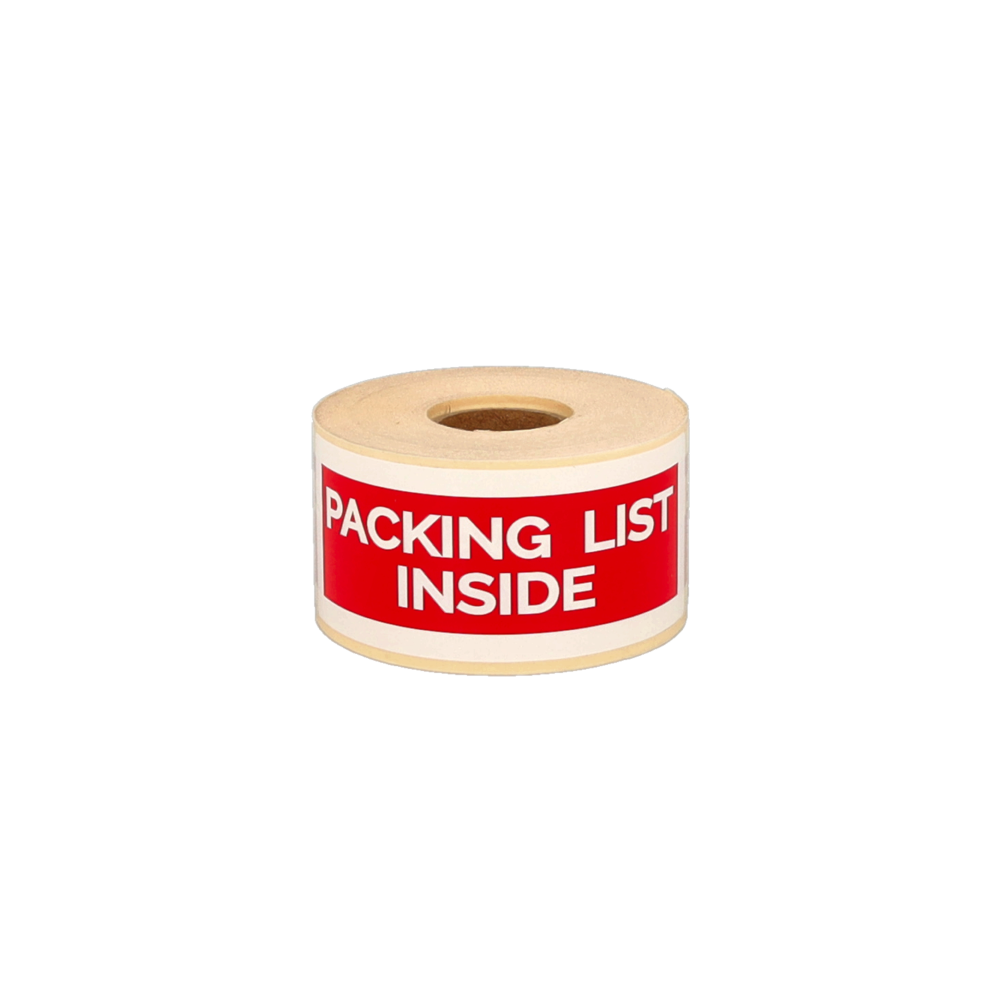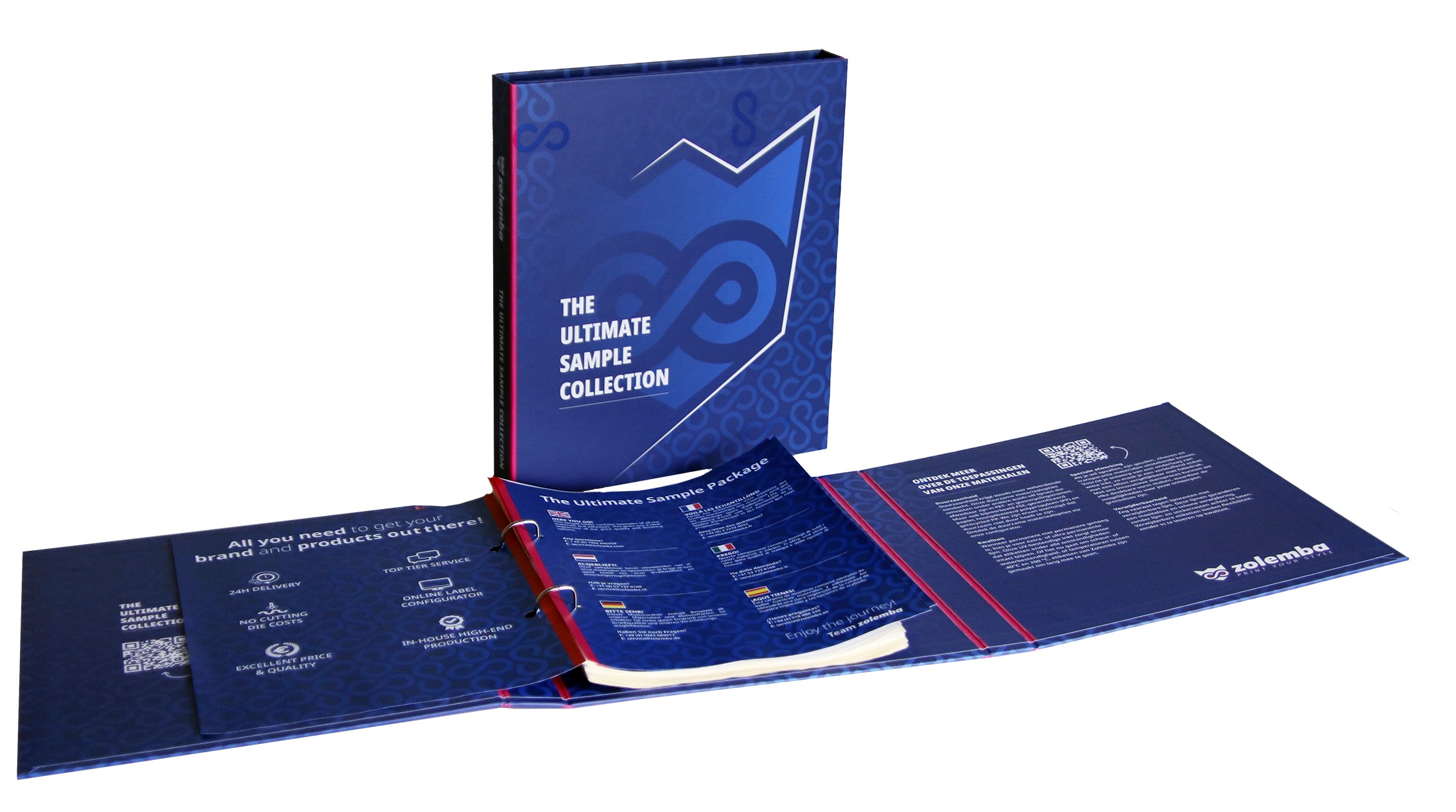A label made of PET or PP?
Imagine this; you as a buyer at company X have been tasked with ordering labels from Zolemba for
a new product that will soon appear on the market. The design is in your head, the texts are
prepared, and you can already see the product with the new label on the store shelves. Then you
are asked, "Have you thought about the material choice? We advise you to use Polypropylene (PP)
or Polyester (PET) for this product."
If you work in the labeling industry, these terms may not be unfamiliar to you, but we
understand that for many of our customers, these terms come across as complicated chemical
elements. The ultimate goal of a label is to inform the consumer about the precise contents of a
product
package, the potential hazards, and especially to attract the consumer’s attention.
This goal is, of course, also the most important for our customers. We consider this, but will
also provide good advice on the quality of the labels. For example, the material for a label on
a flower pot will be different from the material for a bottle of wine. Which label is most
suitable for you depends on the situation in which the label will be used. Is it indoors or
outdoors, what substrate, what temperature, and possibly which printer? It also depends on what
kind of appearance you want to give your product.
PET (Polyester)
For products where a lasting attractive appearance is very important, such as in the cosmetic industry, we advise using PET (Polyester). This is a particularly strong material that must be resistant to moisture, oil, and grease. Especially because cosmetic products are used daily, it is very important that these labels last a long time. Moreover, they are suitable for a temperature range of -40°C to +100°C and adhere easily to difficult surfaces, such as wood, metal, glass, or plastic.
PP (Polypropyleen)
PP (Polypropylene) is also a material that is resistant to water, oil, and chemicals. It does not tear, is scratch-resistant and colorfast, water-resistant, and suitable for a temperature range of -30°C to +80°C. The advantage of this material is that it can be used both indoors and outdoors. When ordering labels for plants, you should consider that due to sunlight and watering, most plant labels quickly break or discolor. With PP (Polypropylene), you are assured of a water- and colorfast product. Especially because the color remains very bright on this material and it has a nice glossy appearance, it is also widely used for labels in the food industry. A chic label appeals to people, making it stand out more on the shelves.
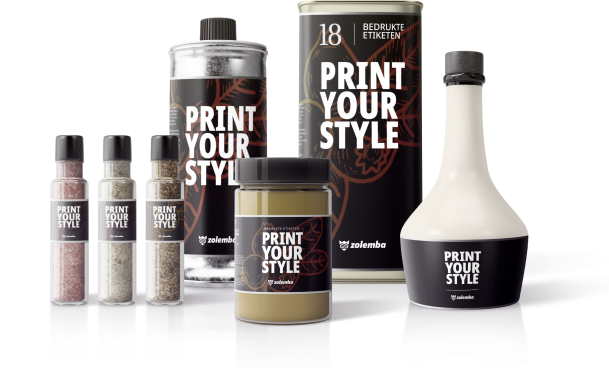
Of course, these are just a few examples of products for which our labels are highly suitable. There are many other products that can be equipped with our labels. Please feel free to contact our dedicated colleagues from the customer service department for questions or advice about our labels. They will be happy to provide you with the right advice of excellent quality with great pleasure, ease, and unmatched speed!
Exclusive Offers and Free Tips!
Stay informed and never miss out on offers, handy tips, or free templates.
Thank you! You have successfully subscribed to our newsletter.
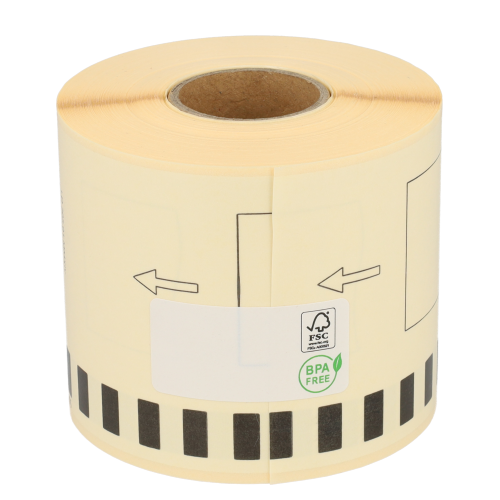
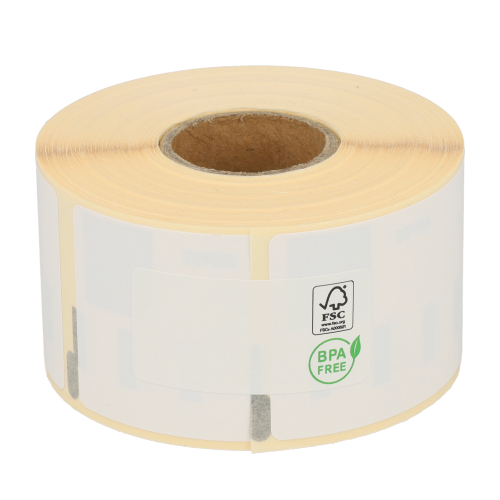
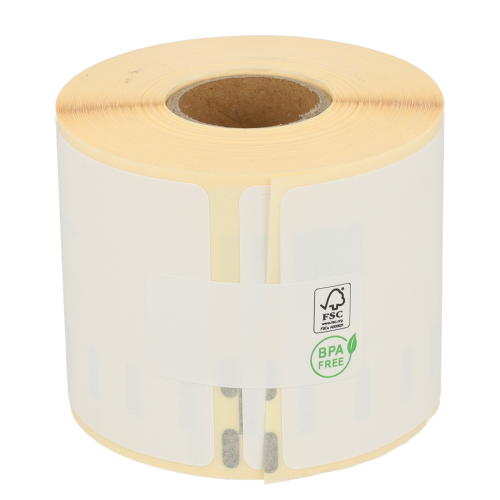
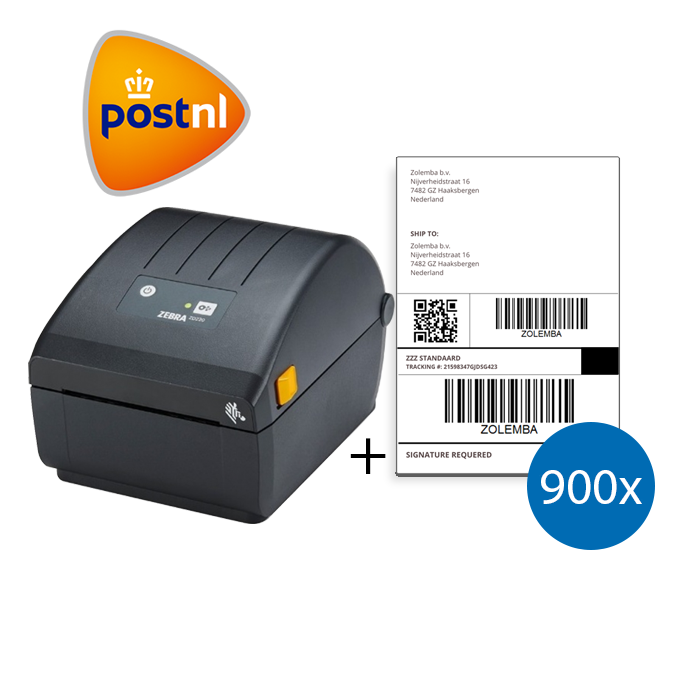
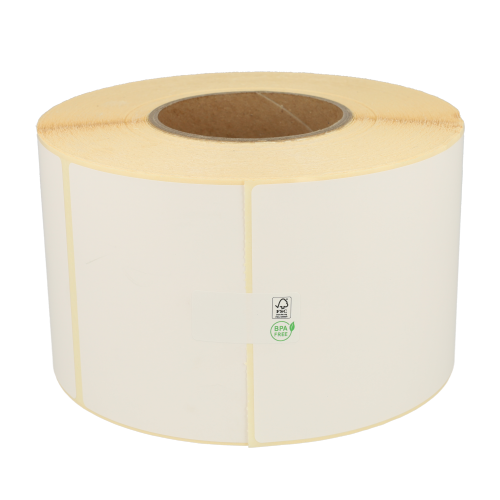
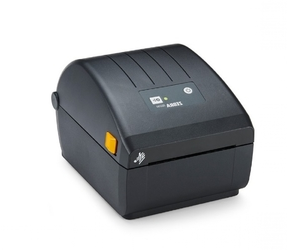
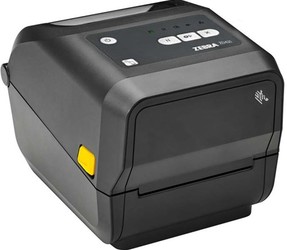
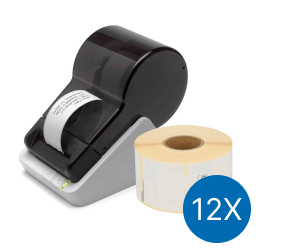
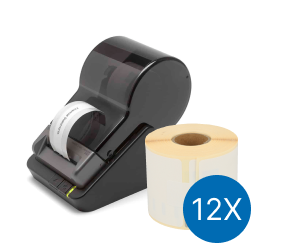
.png)
